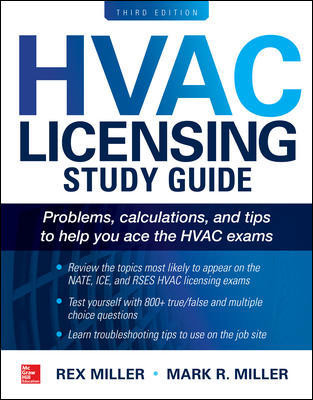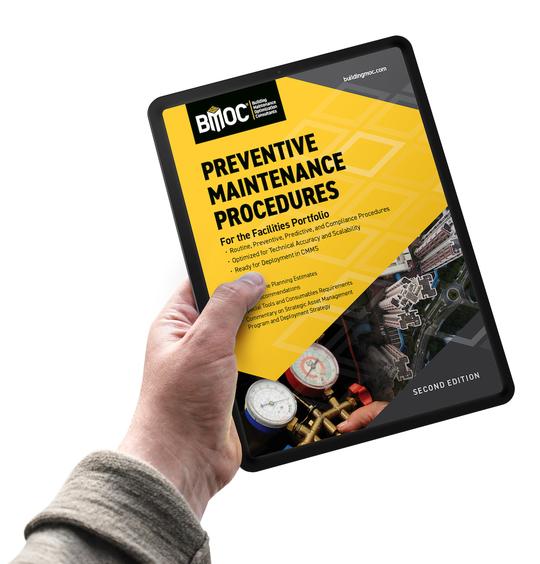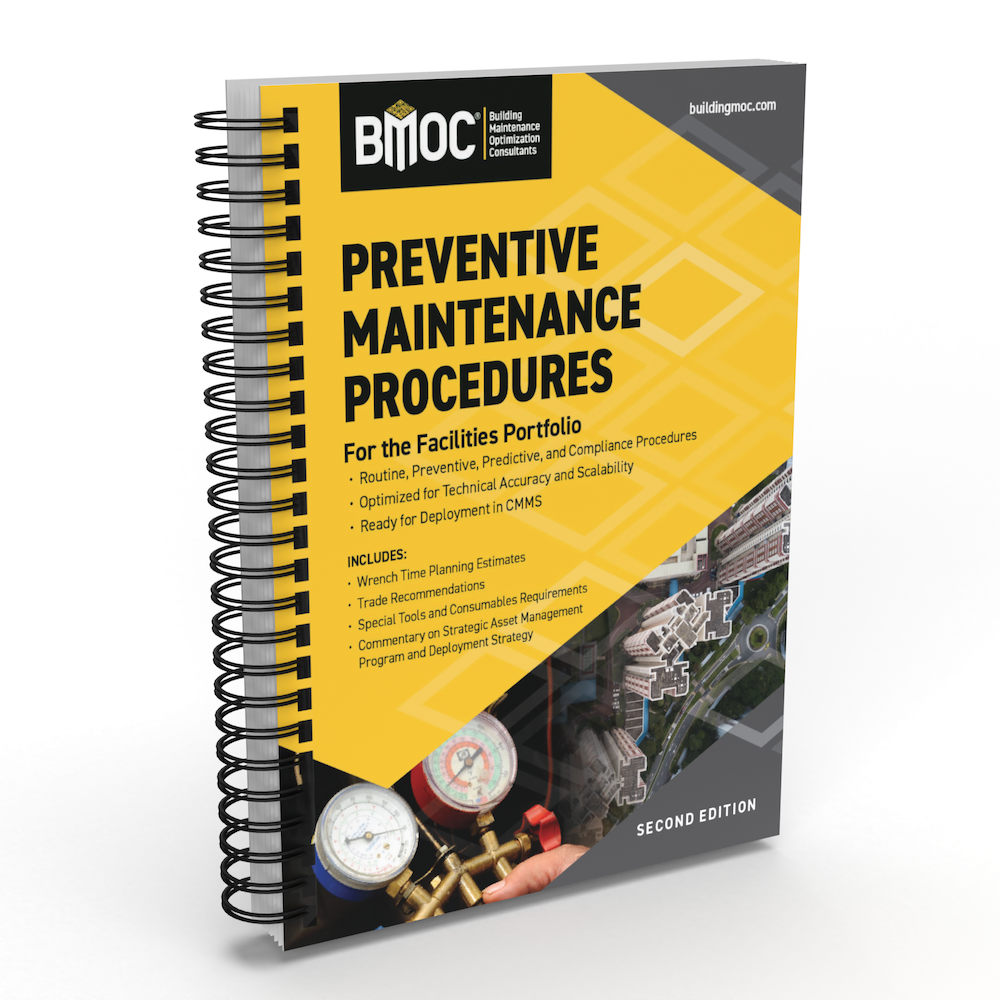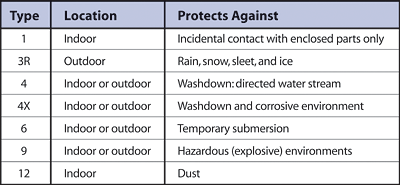
Equipment enclosure environmental classification is another area where European standards language is showing up on equipment in this country, often leaving one wondering how to translate between systems. This month, we’ll review the international approach to enclosure ratings and compare it to the traditional National Electrical Manufacturers Association (NEMA) system.
The Old Reliable
Most engineers and designers are familiar with the traditional NEMA system of type numbers ranging from 1 through 13; generally, the higher the number, the greater the degree of protection. All enclosures are required to provide the same degree of personnel protection against accidental contact, and the only variation between types is the degree of environmental protection. The applicable standard is NEMA 250 – Enclosures for Electrical Equipment (1000V Maximum) and some commonly specified types are found in Table 1.The International Standard
The current international standard, International Electrotechnical Commission (IEC) 60529 – Degrees of Protection Provided By Enclosures (IP Code), takes a different approach to classification than NEMA. Each enclosure is assigned a two digit “IP Code,” with the first digit (0 to 6) indicating the degree of protection against penetration by solid objects, including body parts, tools and dirt, or dust and the second (0 to 8) indicating the degree of protection against water. A zero indicates no protection is provided in that category. Classification can thus range from IP10, which provides protection against contact with large body parts such as the back of a hand and no protection against water, to IP68 which is completely dust-tight and capable of prolonged submersion.A first digit of 2 or higher is required for the enclosure to meet the minimum Underwriter’s Laboratories (UL) criteria for protection against accidental contact with enclosed parts, which is required for most equipment installed in the US. This degree corresponds to protection against finger contact and entry of a solid object over 12 mm in diameter. A level of 5 or 6 is required for dust protection corresponding to the commonly used NEMA 12 construction.
Protection against the effects of water, the second digit, ranges from vertically falling water (a level of 1, corresponding to an “indoor drip-proof” enclosure) to prolonged submersion under pressure at level 8. A level of 2 or higher, which protects against spraying water up to 15 degrees from vertical, is required to correspond to NEMA 3 construction, and a level of 5 or 6 corresponds to the hose-directed protection provided by NEMA 4 construction.
Although the IEC system theoretically allows 48 different enclosure classifications, the practicalities of construction dictate far fewer, as increasing the protection against water also increases protection against contact and dust. The following are some typical IEC classifications and their approximate correspondence to NEMA types (Table 2). More detailed information can be found on the webpages of major enclosure manufacturers.
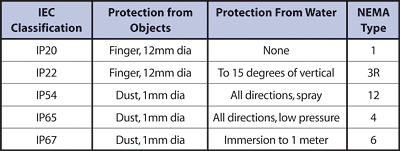
A Cautionary Note
The NEMA type and the IEC IP classification alone refer only to the degree of protection the enclosure provides against contact with enclosed parts and the environment. Other aspects of enclosure standards, such as materials of construction, physical strength, latching arrangements, etc., may differ significantly between NEMA and IEC; Table 2 does not indicate equivalence of products in all respects.Many manufacturers are cross-testing their equipment enclosures and labeling them with both an IP designation and a corresponding NEMA type number to support marketing around the world. If your project in the US requires labeling by a third-party testing laboratory such as UL, you will need to verify that the enclosures comply with their standards as well. ES

